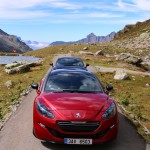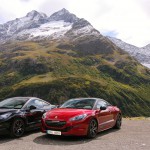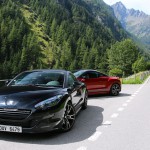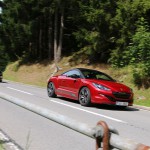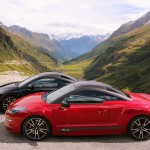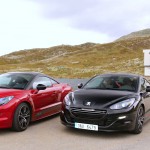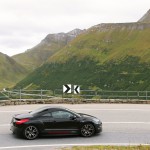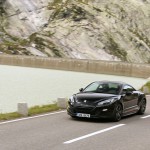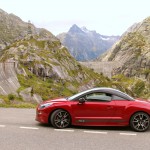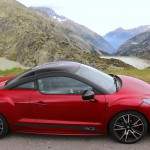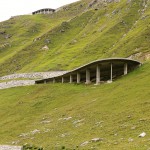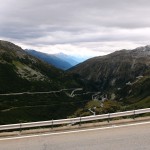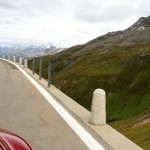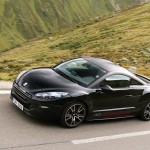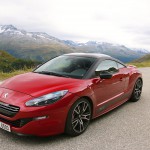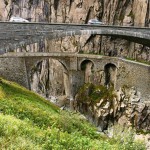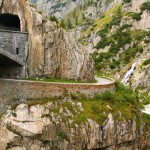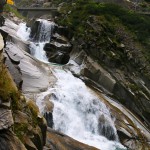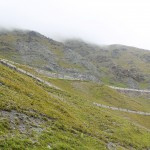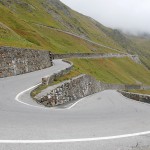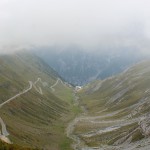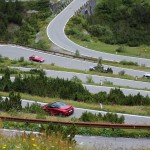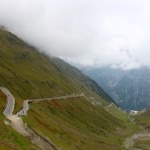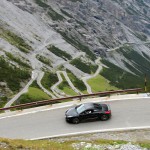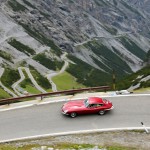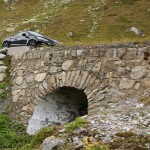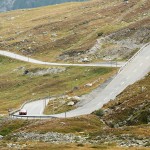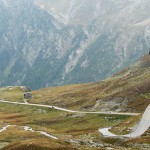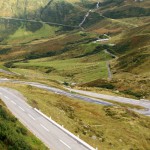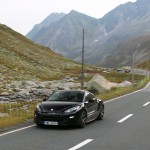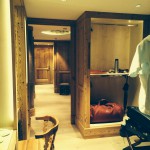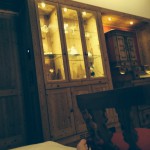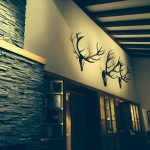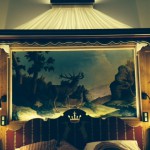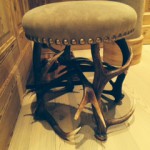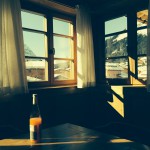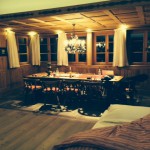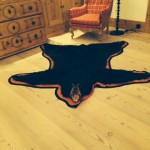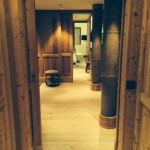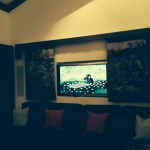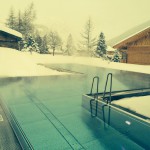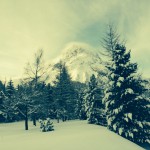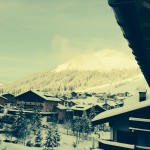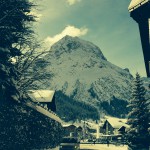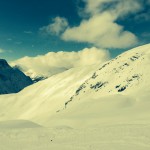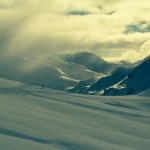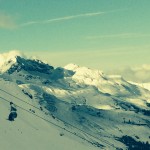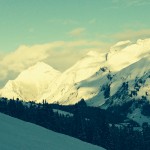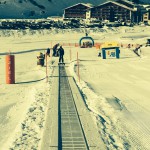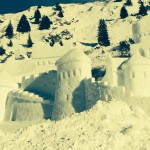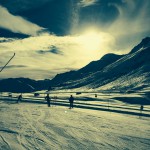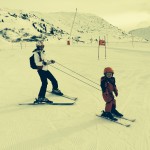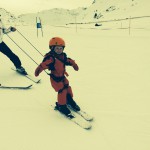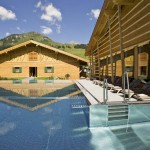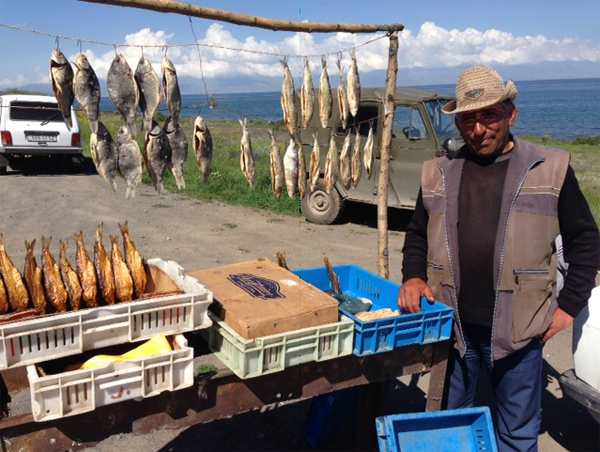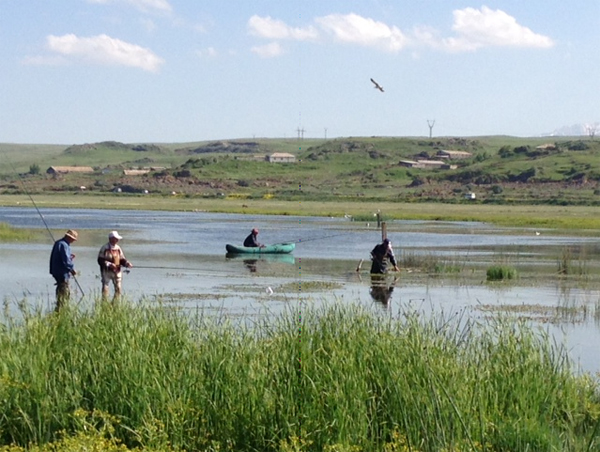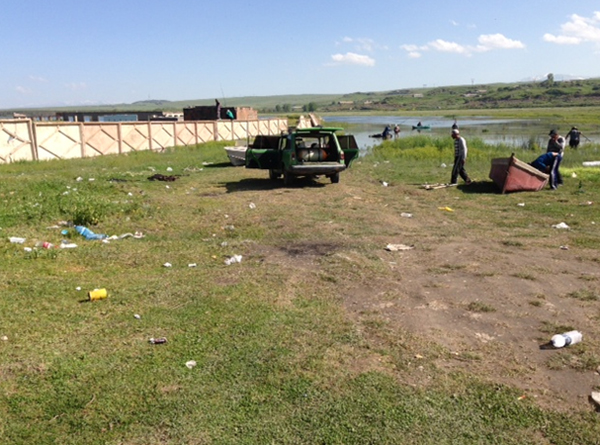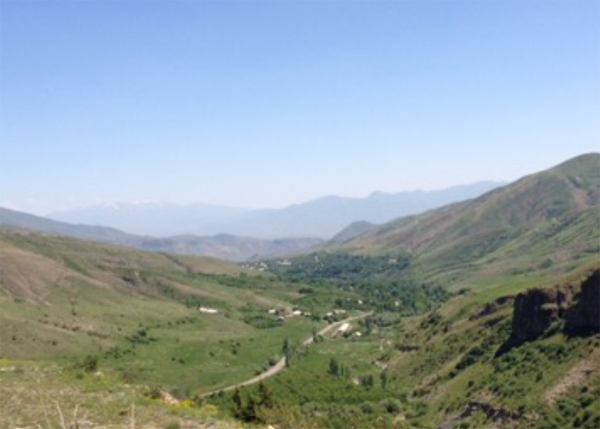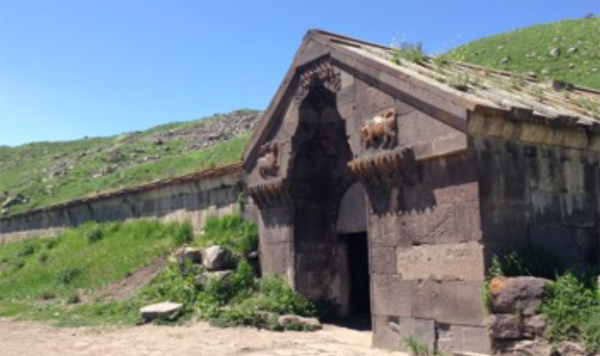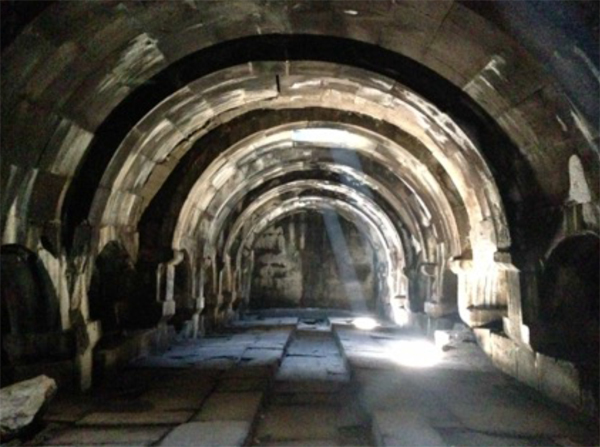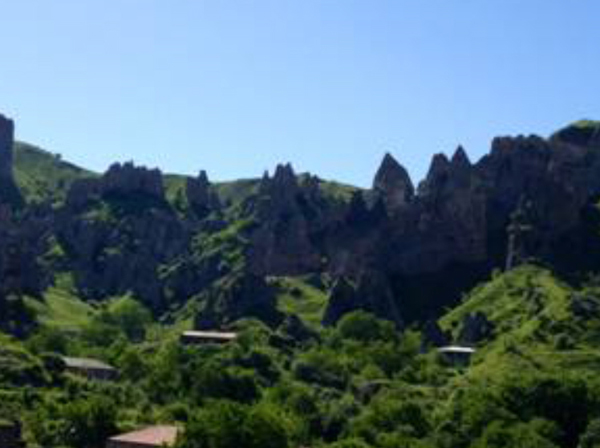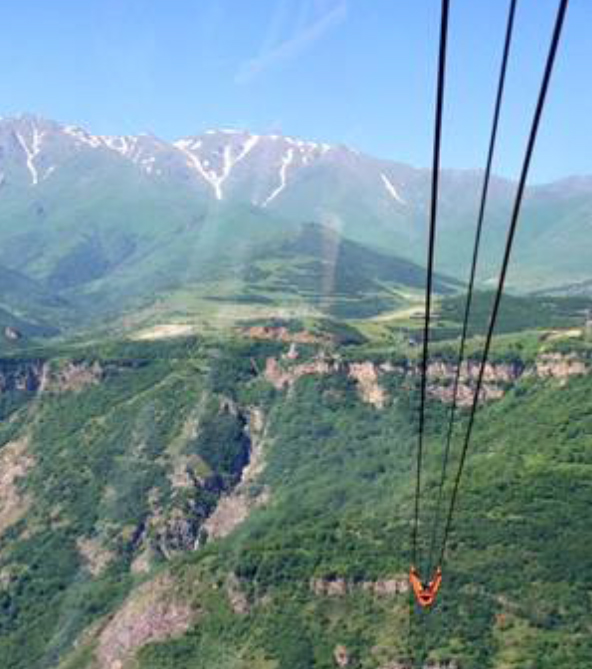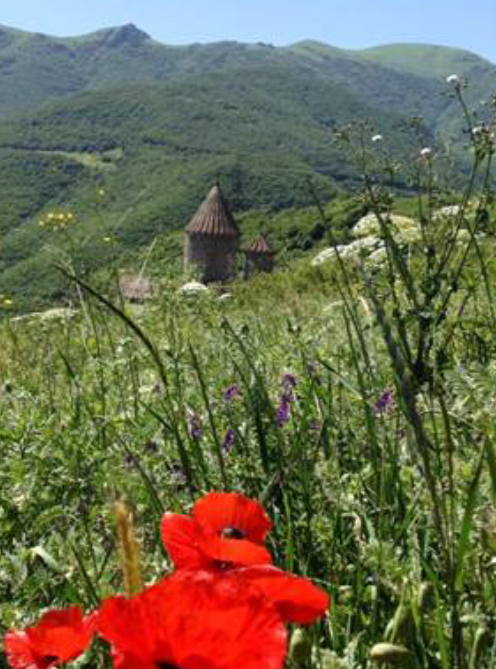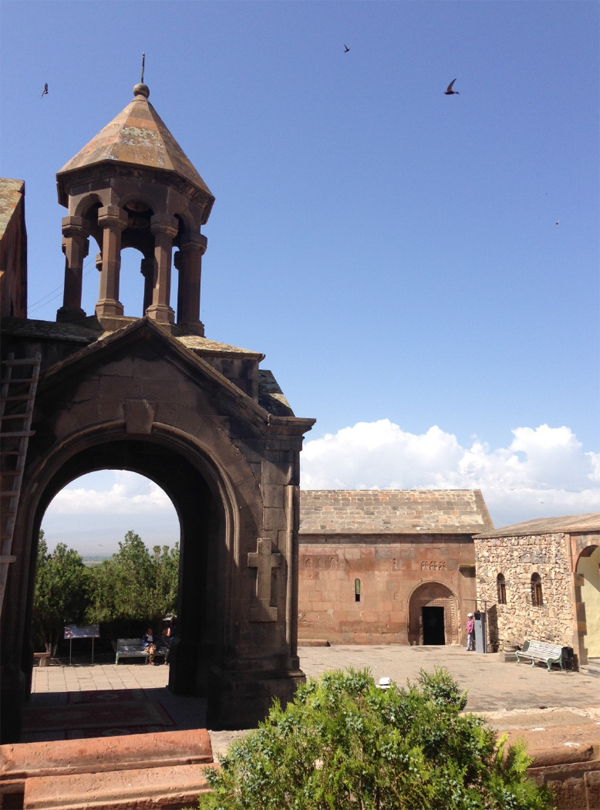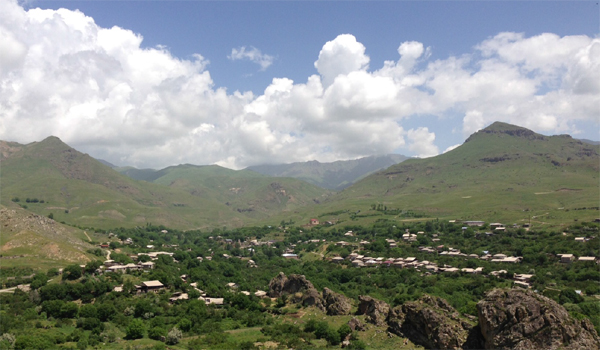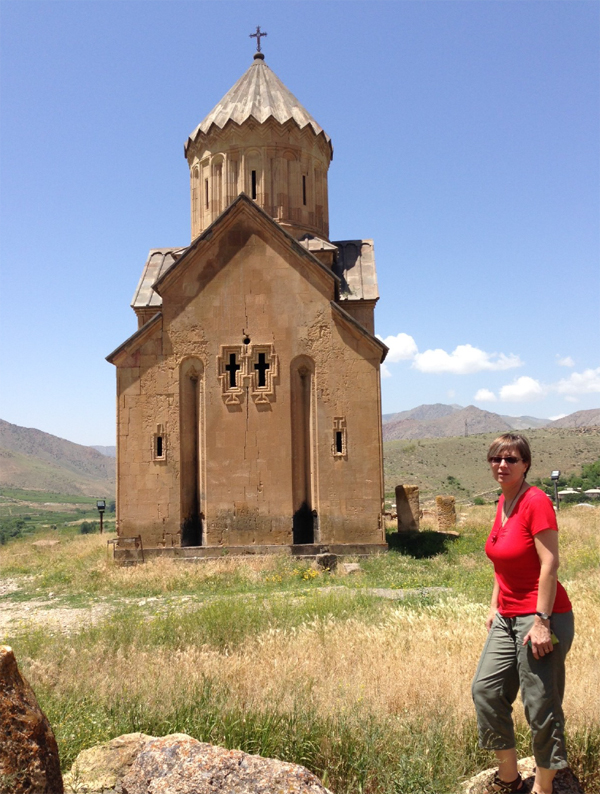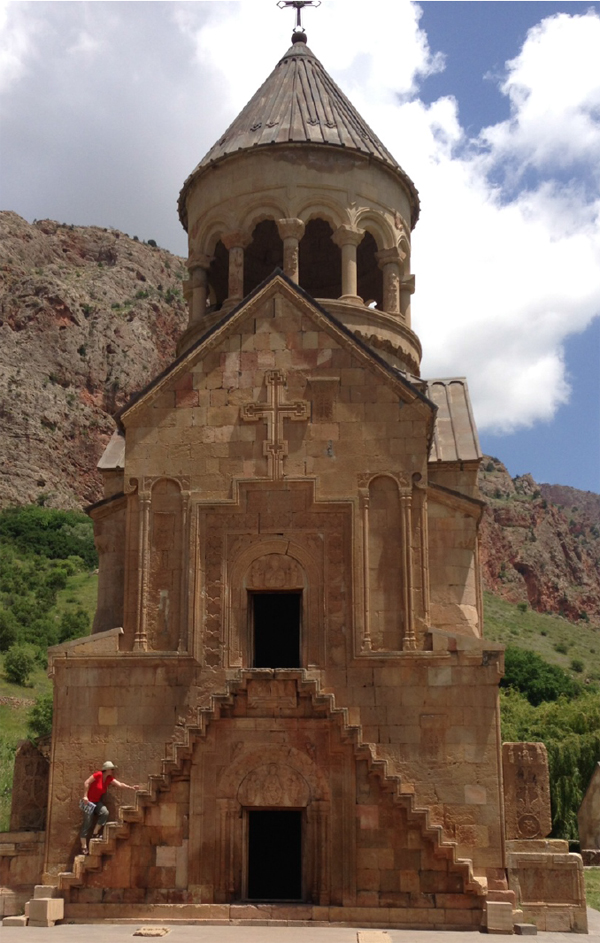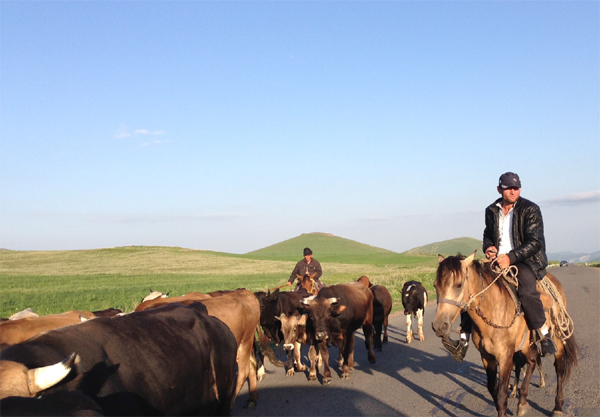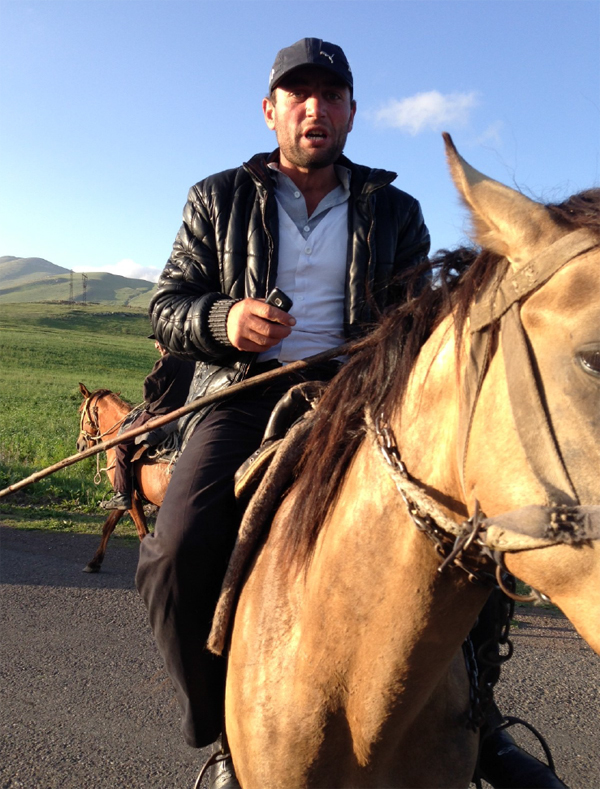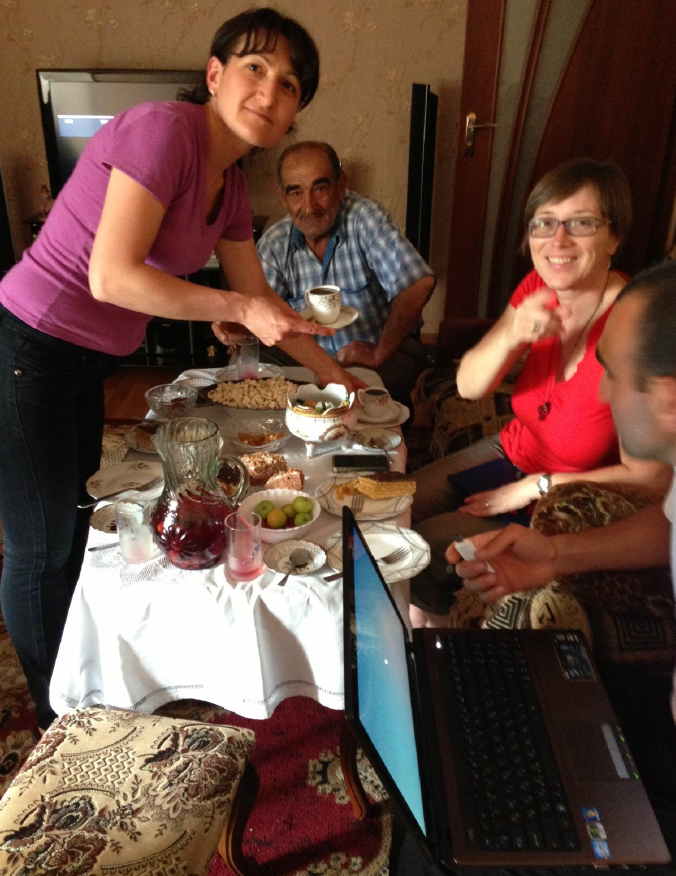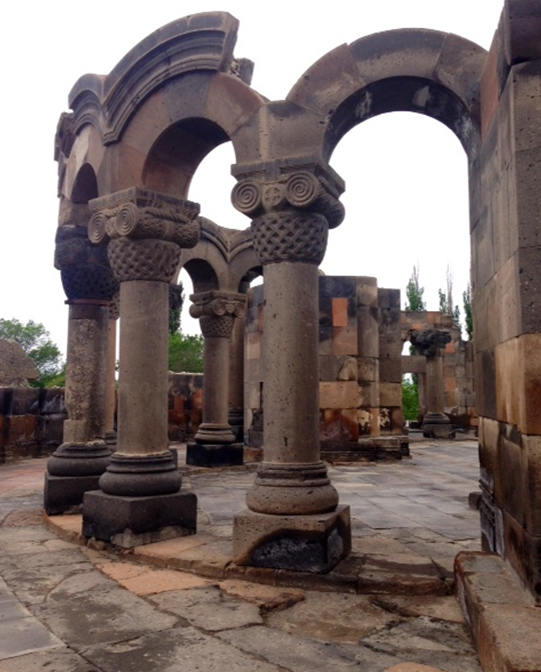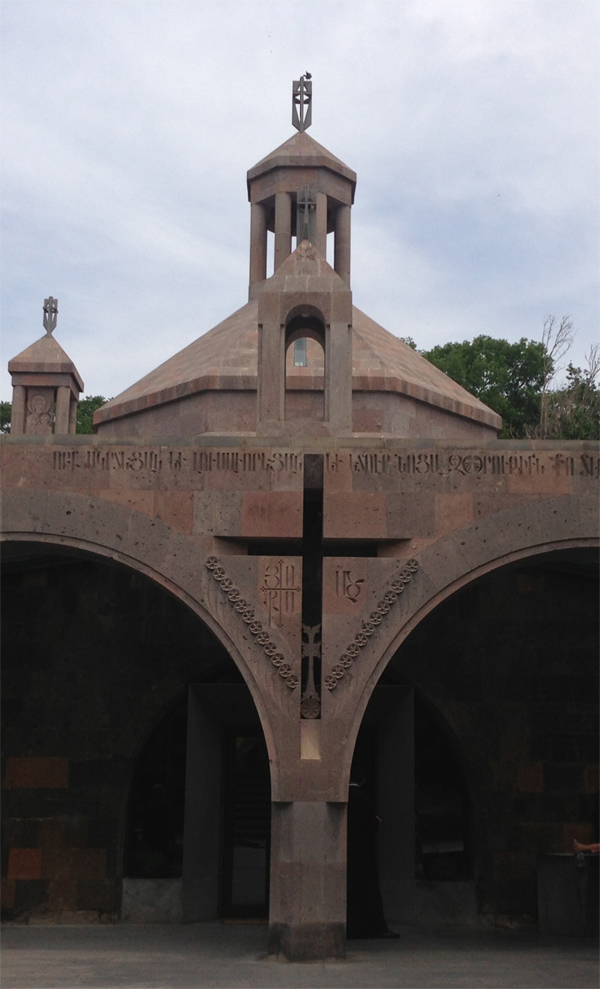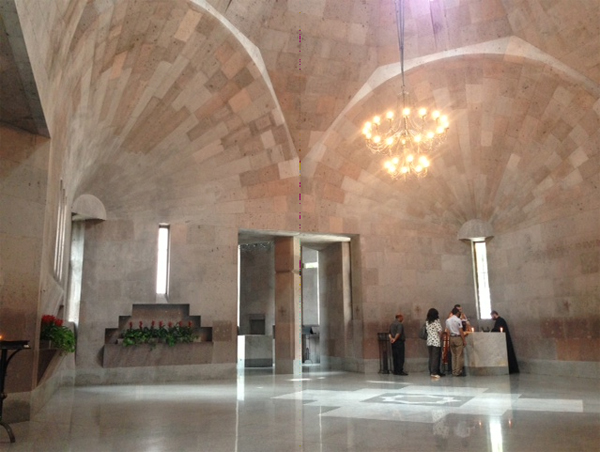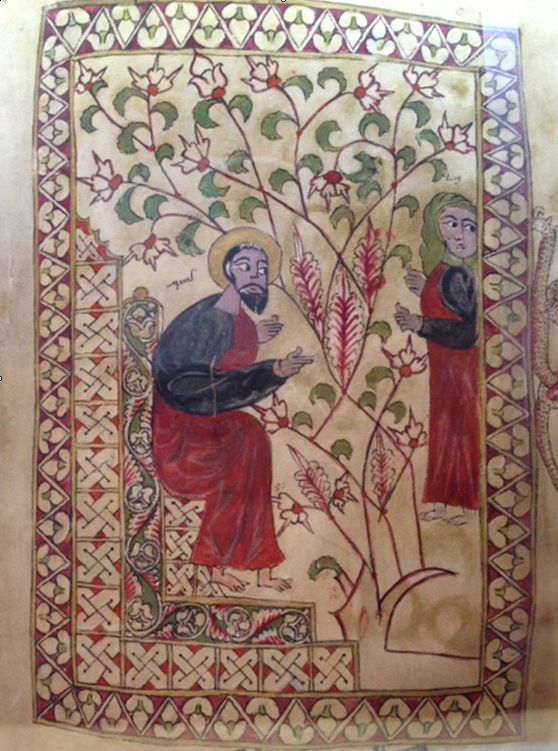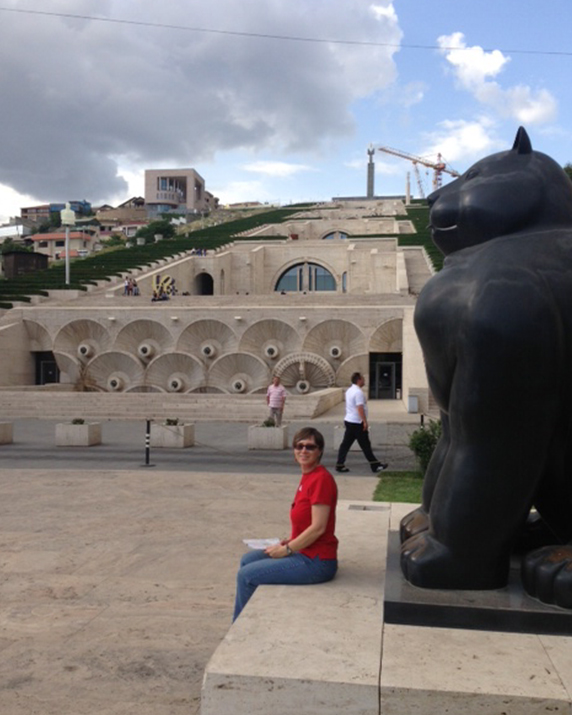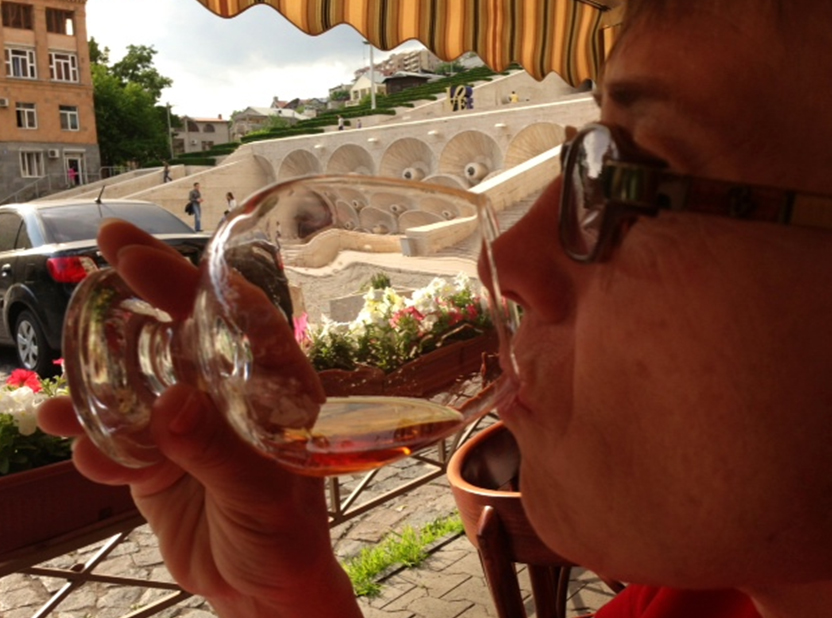Alpy nejsou ráj jen pro lyžaře, cyklisty a jiné dobrodruhy. Nadchnou také zapálené řidiče, kteří hledají nejlepší silnice v Evropě. Parádní svezení zajistí členitý a pestrý terén, stovky zatáček, nádherná krajina a dechberoucí výhledy. Výlet do Alp je skvělý způsob, jak si vyčistit hlavu. A trochu se pobavit.
Není to ani časově náročná záležitost, jeden víkend je akorát, abyste si alpských průsmyků užili až až. Stačí jen zabodnout prst do mapy a vyrazit – šance, že právě tam narazíte na úchvatnou silnici, je dost vysoká.
Přesto existují cesty, které benzínoví šílenci považují za kultovní. Vyniká mezi nimi čtveřice průsmyků ve Švýcarsku, o nichž mnozí protřelí řidiči tvrdí, že představují ty vůbec nejzajímavější silnice nejen v Alpách, ale i v celé Evropě.
Zmíněné průsmyky leží v okolí švýcarského městečka Andermatt (známé lyžařské středisko, asi 740 kilometrů z Prahy) a jejich velkou výhodou je, že na sebe v podstatě plynule navazují. Celkem nabízejí přes 150 kilometrů parádního svezení. Stačí jen schopné auto… A to naše 270koňová kupátka s velice schopným podvozkem rozhodně jsou.
Protože jsme přijeli ze severu, začali jsme s objevováním údajně nejlepších silnic u Wassenu. Právě tady je odbočka na první z vyhlášených průsmyků – Sustenpass. Byl to úžasný začátek.
Cesta vede po poměrně úzké silnici nad divokým údolím, od něhož ji kromě srázu dělí jen zábradlí. Je ale přehledná, nabízí i rovné úseky vhodné k předjíždění a ani provoz ve všední (i když „neprázdninový“ den tu nebyl nikterak hustý. Hlavním lákadlem jsou úchvatné výhledy na kamenité kopce a především na ledovec Steingletscher.
Mimochodem, pokud se budete chtít „trochu“ protáhnout, z průsmyku lze vyrazit na zhruba dvouhodinovou „túru“ na vrchol Sustenspitz (2930 m.n.m). Prý je odtud parádní výhled.
Další cesta nás po příjezdu do Innertkirchenu vedla přes průsmyk Grimselpass. Ten je zase vyhlášený drsným subarktickým klimatem. Sníh tu padá už od září do pozdního června, někdy dokonce i v samotném létě – ostatně průměrné letní teploty se tu pohybují od 4 do 14 stupňů Celsia. A často se tu sněhová pokrývka drží po celý rok.
Samotný Grimselpass je řidičsky zajímavý hlavně v jižní části, až za „šedozeleným“ předhradním jezerem Grimselsee, nad nímž se na skalním ostrohu tyčí zajímavý hotel Grimsel Hospiz. Krajině tady dominují majestátní skalní masivy a i vesele zakroucená silnice má něco do sebe.
Dechberoucí výhled pak skýtá sjezd do horské osady Gletsch, kde Grimselpass končí. Samotná osada je utopená v hlubokém údolí, jímž protéká ještě „nedospělá“ říčka Rhôna a v pozadí je do prudkého svahu „zaseknutá“ další slavná silnice. A právě tam míříme.
Řeč je o průsmyku Furkapass, jednoznačně nejfotogeničtějším místě, jímž jsme projeli.
Musíte se tu ale na řízení soustředit. Silnice je místy hodně úzká (někde se sotva vejdou dvě auta vedle sebe), v některých místech i s horším povrchem. Hlavně se však pokocháte mnoha úžasnými a pestrými zatáčkami. Cesta často vede po srázech po „terasách“, takže máte pocit, jako byste se vznášeli nad údolím. Pro řidiče fantazie, pro lidi se strachem z výšek možná noční můra.
Zážitky tu ale posiluje vědomí, že se po Furkapass proháněl i James Bond, když pronásledoval padoucha jménem Auric Goldfinger. Dokonce i zajímavý Hotel Belvedere, který se ve snímku také objevil, tu pořád stojí. Nad ním lze spatřit už jen čelo Rhônského ledovce – právě u něj se rodí řeka Rhôna. Dnes je skoro nepředstavitelné, že v 19. století prý jazyky ledovce sahaly až na dno údolí.
Posledním průsmykem na naší cestě po okolí Andermattu byl Gotthardpass. Silnice s úžasnou atmosférou, kterou podtrhuje dramatická krajina. Gotthardův průsmyk využívali už „poutníci“ a obchodníci v antických dobách, ale jeho pověst nebyla zrovna příznivá. Jeho přechod totiž vyžadoval brodění řekou Reuss, která zvlášť na jaře a začátkem léta byla díky tajícímu sněhu hodně divoká. Pravidelně se průsmyk začal využívat na začátku 13. století.
Velkou atrakcí je tu Teufelsbrücke (Ďáblův most) přes divokou a pořádně hlubokou rokli Schöllenen. Sice už nestojí ve své původní podobě, ale i jeho současná verze vypadá působivě.
Ale postupně. Originální most byl postaven v roce 1230 ze dřeva. Podle legendy při jeho stavbě musel pomoci ďábel, který si jako odměnu vyžádal první duši, která po nové lávce jako první přejde. Místní ale ďábla přelstili, jako první totiž na most poslali kozu. To ďábla natolik rozčílilo, že sebral obrovský balvan (Teufelsstein, Ďáblův kámen) a chystal se ho na most shodit, aby ho zničil. Jenže po cestě potkal stařenu s křížem a křesťanský symbol ho tak vylekal, že od svého úmyslu nakonec ustoupil.
V 16. století byl Ďáblův most přestavěn z kamene, ale ani to ho nezachránilo od úplného zničení během bouře v roce 1888. Už předtím, v roce 1820, však začala stavba druhého mostu, který stojí dodnes a jde po něm už pouze přejít pěšky. V roce 1958 ho doplnil moderní most s dvouproudou silnicí. Mimochodem, kvůli stavbě dálnice nad průsmykem musel být v roce 1977 přesunut už zmíněný 220 tun vážící Ďáblův kámen. Oblíbená báchorka tomuto činu přičítá zvýšený počet nehod v místě, kde původně kámen stál.
U Teufelsbrücke první část naší cesty Alpami skončila. Přestože jsme v okolí Altdorfu strávili téměř celý den, bylo to málo. Je tu všude tolik zajímavých míst, že by nebyl problém strávit na každém z průsmyků klidně celý den.
My jsme však pospíchali k ještě jednomu cíli, který by si žádný autofanatik neměl nechat ujít. K průsmyku Stelvio.
Průsmyk Passo dello Stelvio patří mezi nejznámější silnice v Evropě. Ohromí nejen tím, jak je vetkaná do prudkého svahu, ale také 60 ostrými zatáčkami. V nejvyšším bodu dosahuje nadmořské výšky 2758 m n.m., což z ní dělá druhou nejvýše umístěnou silnici Evropě. A možná víte, že ji dnes už bývalí moderátoři Top Gearu vyhlásili nejlepší silnicí starého kontinentu.
Původní cesta byla postavena z rozhodnutí Františka I. v letech 1820 až 1825 Rakouským císařstvím. A od té doby se změnila jen málo.
Stavba je to skutečně monumentální, na prudkém úbočí hor, navíc se skvělými výhledy na hluboké údolí a často v mracích schované vrcholky Alp.
Ale čistě z řidičského pohledu to není nic moc. Jednak sem kromě motorizovaných turistů míří stovky cyklistů, pro něž je pokoření drsného stoupání zřejmě obrovská výzva, ale ona ani samotná silnice „ze švýcarské strany“ není zrovna záživná.
I když máte štěstí na úsek bez cyklistů, stejně se tu nedá nic moc vymýšlet. Po hodně úzké cestě s nepříliš kvalitním povrchem (i když je po každé zimě vozovka opravována) se vlastně jede stylem „za jedna, za dva, brzda a po ujištění, že v protisměru nic nečíhá, hooooodně pomalá vracečka“. Brzy to začíná nudit. Zajímavěji vypadá druhá strana cesty, která je přece jen výrazně pestřejší.
I tak byl ale výjezd na 2760 metrů vysoký „krpál“ obrovským zážitkem, třeba i pro postupnou změnu počasí. Zatímco dole jsme měli jasno, slunečno a teplo, nahoře jsme se topili v mlze a oblékali teplejší oblečení.
Zajímavým zpestřením jsou také stále zasněžená místa a lyžaři směřující lanovkou na výše položený ledovec. Na něm je mimochodem lyžařská sezona v létě, zpravidla od května do listopadu. V zimě se totiž nahoru není jak dostat.
Milovníci historie si zase mohou prohlédnout všudypřítomné pozůstatky opevnění z první světové války. Právě tady začínala významná frontová linie.
Ale upřímně, víc se nám asi stejně líbil průsmyk, který nás ke Stelviu částečně přivedl. Jmenuje se Flüelapass a začíná kousek za švýcarským Davosem. Není příliš známý, ale rozhodně stojí za to.
Vede divokým údolím Engadin, pod silnicí se lesknou hladiny jezírek, potoků a říček a hned vedle ní spousty vodopádů. Jestli plánujete cestu na Stelvio (což byste měli), zastavte se nejdřív tady.

